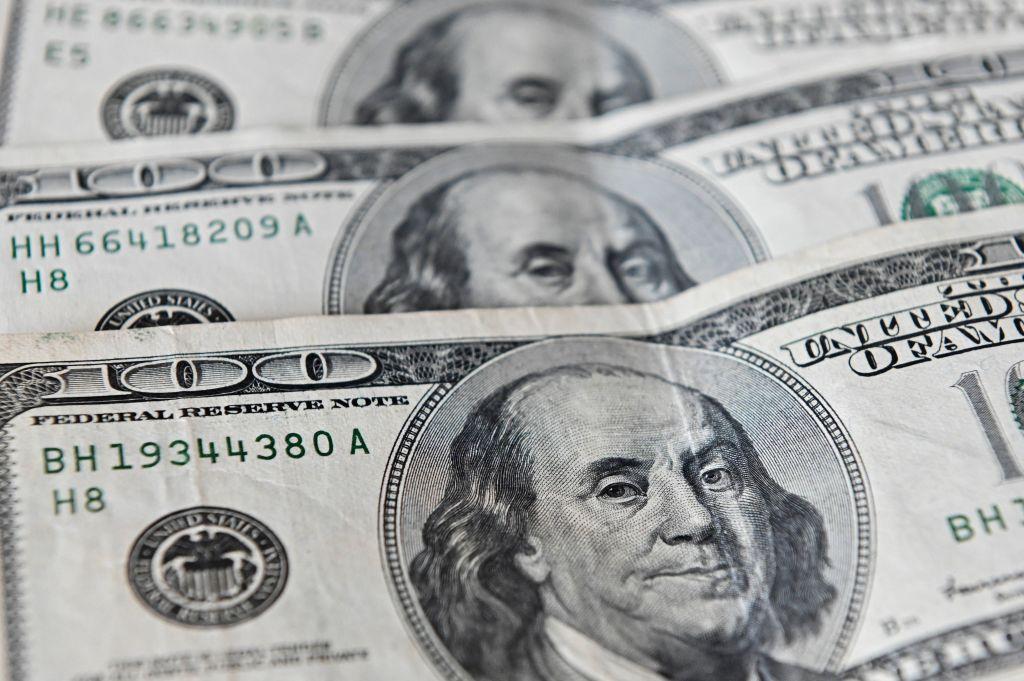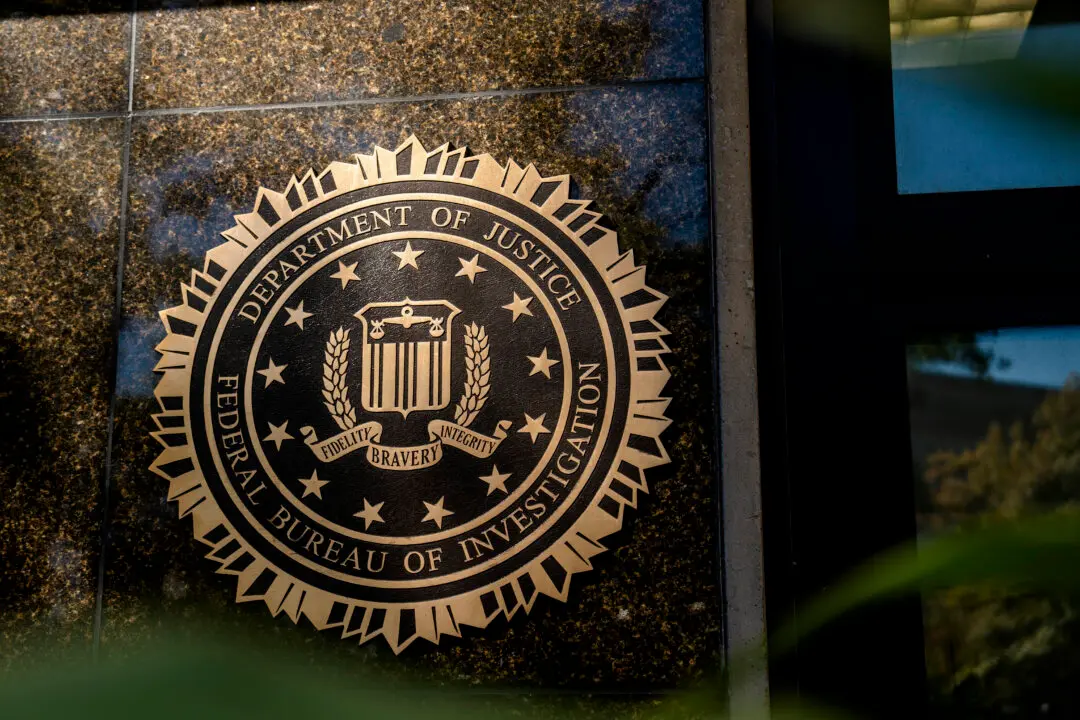With the Federal Reserve maintaining a hawkish stance, investors have been fleeing toward the safety of cash at a record pace.
In the week through Nov. 2, investors poured in $62.1 billion into cash, a note from Bank of America (BofA) said citing EPFR Global Data. Since the beginning of October, fund flows into cash have totaled $194 billion, which is the fastest pace of cash accumulation at the beginning of a quarter since Q2, 2020, when the COVID-19 pandemic triggered a panic in the markets.





